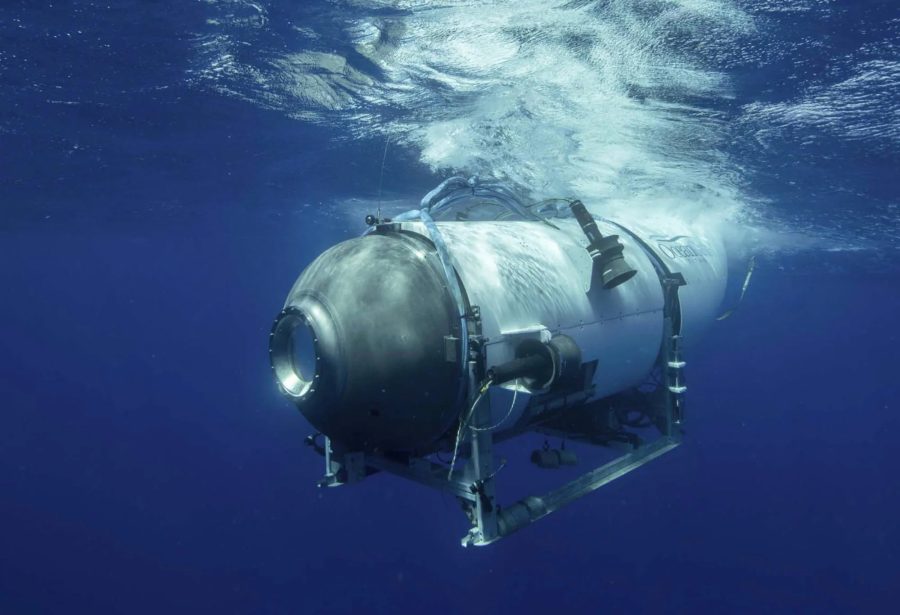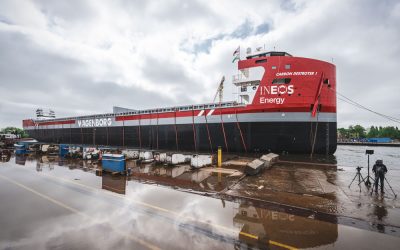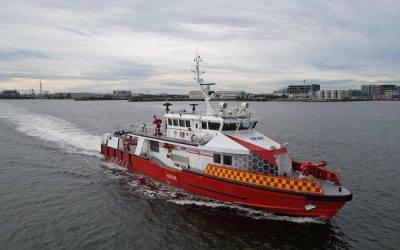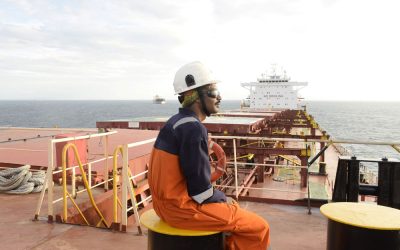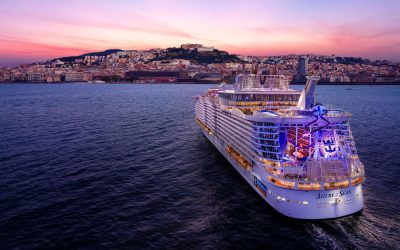By Dr M.J. Cianni, CEng., FRINA, FIEAust
Is deep-sea exploration, like space exploration, worth it? It’s dangerous; lives have been lost and probably more will be lost. But if everyone involved knew the risks before they embarked on these journeys, and the toll it takes on us and the ones we love, but sign up just the same – should we judge them? Isn’t this this the price we pay to push forward? To explore the deepest depths and wander into the unknown, pushing ourselves to the limits of what is possible. There are sacrifices that must be made of course. Sacrifice is a part of any journey, like the ships that sailed across the oceans in search of new worlds and civilisations. Taking on these great challenges against great odds is part of what makes us human. We choose to explore the depths of the ocean like we choose to explore space, not because it is easy or safe, but because it is hard and takes our learning of who we are, our place in the universe and what the future could hold for us to new heights, such as undersea or space habitats.
People will point to the commercialisation of space travel and deep-sea exploration of wrecks as merely tourism or trips for adrenaline seekers; however, there is still a lot to learn from these commercial missions.
For example, you may be forgiven for thinking, given recent news reports surrounding the Cyclops class Titan submersible that carbon fibre for the hull of a submersible, submarine, or for that matter perhaps an underwater habitat in future, is not suitable. However, it has been used and will be continued to be used at depths of 6,000m without failure – a diving depth figure far beyond that of conventional and nuclear-powered submarines which can operate at just 300m to 400m.
This is assuming the carbon fibre is fault free, i.e. not out of date aeronautical carbon fibre, is moulded correctly and to the required thickness including a generous safety margin of at least 2 x, and the carbon fibre is not damaged in the process of attaching hatches, landing gear, directional propellers, cameras etc. A potential area for concern would be if there is a difference in materials used for the hull and the hatches which would lead to differences in expansion and contraction of the materials due to temperature and pressure, especially considering there will be a seal in between the different materials to make the join watertight. One other area for focus would be the viewing port hole, i.e. the material used and thickness needed to be able to see out from the submersible. If this material or its strength, for a given thickness, is not sufficient with a generous safety margin, then this would be an obvious point of weakness in the overall design.
Professional engineering
Referring to the results of the carbon fibre pressure vessel design tool in Figure 1, we can determine that the minimum wall thickness for a rated depth of 4,000m with a safety factor of 2 is (80.161inches – 60inches)/2 = 10inches, compared to the wall thickness of the Cyclops class Titan submersible which had a wall thickness of just 5inches. This indicates no safety factor was included for the hull design, and it has been reported that the viewing porthole was only rated to 1,300m, i.e. one-third of the required operational depth.
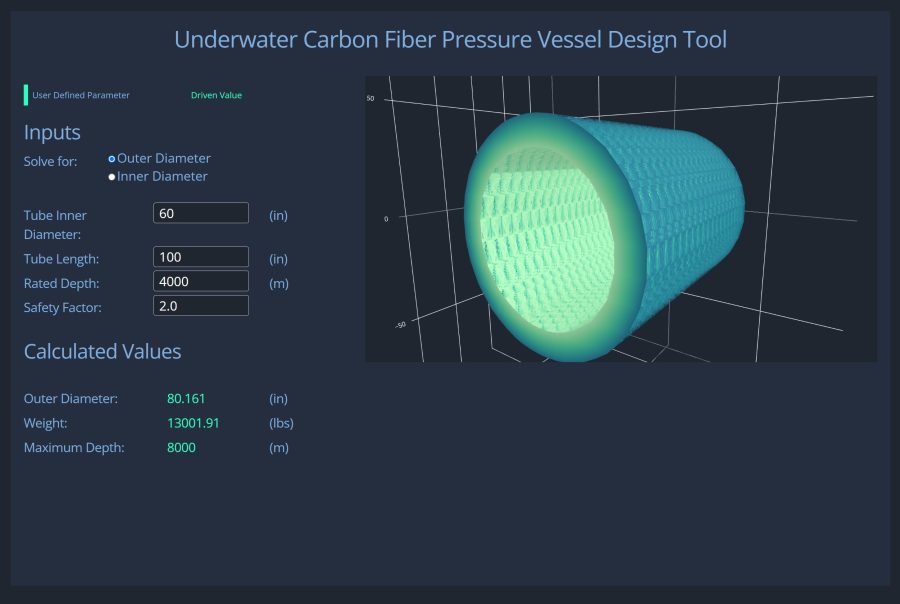
Figure 1. Underwater Carbon Fibre Pressure Vessel Design – showing required wall thickness
Once the carbon fibre pressure vessel has been designed correctly and manufactured, thermal imaging and ultrasonic scans of every part of the vessel need to be conducted to ensure it has been manufactured correctly, for example that there are no air pockets in the carbon fibre layers. It should then be tested repeatedly until failure, to verify the design parameters are correct and it behaves exactly as expected. The same checks should then be performed at regular intervals and the results compared to the original baseline set of results, to check for any changes that could indicate cycling fatigue.
A lot of attention has also been focused on cycle fatigue, during repeated dives and surfacing. There is the possibility of delamination and progressive failure over time with microscopic water ingress, so that if the vessel passes a pressure test it might not fail on its first dive but is increasingly likely to fail over time.
However, carbon fibre pressure vessels have been built and cycled 200 times at these deep pressures and then brought to implosion but fail at the same depth and in the same way as new pressure vessels, which indicates cycle fatigue is unlikely as a potential failure mode when the carbon fibre pressure vessels have been designed and manufactured correctly. This argument is supported by examples of 30ft-long carbon unmanned underwater vehicles (UUV) with over 6,000 operational hours at 6,000m – that’s hundreds of cycles without any sign of failure.
We can conclude therefore that the Cyclops class Titan submersible was not designed or manufactured correctly, the regular checks that could have detected a potential failure in the material were also not conducted and are the likely reason that the submersible imploded.
All these deficiencies would have been discovered during any official certification process, which is probably the reason that official certification was not sought and the company was operating in unregulated regions of the world.
Adding insult to injury
The term ‘engineer’ is widely used for non-professional engineers. However, only professional engineers subscribe to a ‘Gold-Standard’ of practice that ensures ethical and honest operations. Professionalism acting on the basis of adequate knowledge, exceedingly high-quality standards, sustainability and environmental protection and, most of all, public safety are all placed before profit and the ego of non-professional engineers setting out to prove that the ‘Gold-Standard’ is not required and does not apply to them or their operations – which is plainly wrong and should not be permitted through legislation.
